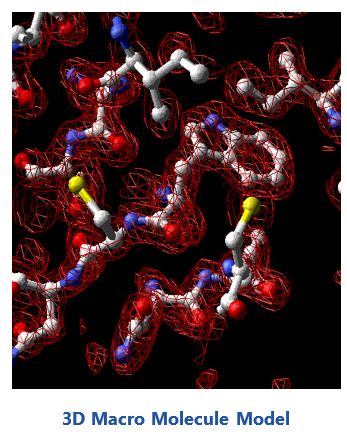

Advances in artificial intelligence (AI) have proliferated into numerous technology areas. These include vision and speech recognition, natural language processing, and the autonomous systems that monitor and help run our daily lives. Additionally, we are seeing the emergence of cyber-physical systems that enable a rapidly growing array of smart products to interact with human users to help run our factory production lines, transportation systems and infrastructure, and smart cities.
AI, along with the subset of machine learning (ML), is presently spreading into areas of science that require considerable domain expertise like biology, chemistry, and the life sciences. While AI is being applied across the entire spectrum of medicine to help detect diseases and diagnose and care for patients; we’re seeing particularly aggressive and successful application of AI in the pharmaceutical industry for drug discovery. In this area, AI can be utilized to identify targets, improve drugs, analyze Big Data, forecast study threats, match patients to specific drugs, and - one of the biggest challenges for discovery - researching new drug compounds.
The application of AI to precision medicine, and more specifically to drug discovery, can lower costs significantly for the pharmaceutical industry by greatly reducing the time needed to examine the data on drug candidates. Moreover, the process of finding compounds with the desired medicinal effect on the target pathogens, traditionally a long and laborious trial and error process, can be optimized by applying today’s advanced ML algorithms for pattern matching. Additionally, emerging 3D virtual simulation tools enable compounds to be simulated at the molecular level. By using these state-of-the-art drug discovery tools, the drug discovery process can be reduced to a matter of months (rather than years), and the subsequent costs reduced from millions of dollars to hundreds of thousands of dollars.
The immense cost of drug development looms over the pharmaceutical industry and its scientists searching for new breakthrough drugs. A significant percentage of that cost is unrecovered because the bulk of the money spent on research for multiple candidate therapies typically fail nine out of ten times - somewhere between phase one trials and ultimate regulatory approval.
The odds that a drug candidate entering a pre-clinical trial will eventually pass the FDA approval stage and make it to market are exceptionally slim—only 1 in 5,000 drug candidates successfully complete the journey. Additionally, the complete process of bringing a new drug to market takes on average around twelve years and the US Department of Health and 
The exceedingly long timeframes and inadequate success rates inherent to the drug discovery process have scientists and drug development researchers seeking out new and better paths to innovation. The emergence of technological advances such as next-generation sequencing (NGS), IoT, significantly increased computing power, and machine learning algorithms enable the discovery of new compounds and the overall efficiency of drug development.
3D simulation at the molecular level is a complementary technology for drug development. Drug developers can simulate the compounding process using structure-based design (SBD), a well-established strategy for developing small-molecule drugs. 3D visualization that shows how, for example, a small molecule binds into a protein affords considerable advantages, from helping prioritize compounds for early stage screening to helping optimize potency and selectivity.
Traditionally, the initial step in the process of finding compounds with the desired medicinal effect on the target pathogens involved an automated high-throughput screening of large compound libraries to identify “hits” that fit the desired biological activity.
Real-world data and experimentation are and will remain very important for scientific research in the drug discovery process. However, the traditional approach of doing only physical experiments to discover and validate drug candidates is laborious, expensive, and time-consuming. Physical testing typically yields very small data sets given the cost and effort to run the experiments.
Advances in computational power that enable the application of ML algorithms have opened the possibility of creating digital models utilizing advanced analytics that can dramatically accelerate innovation and yield high-quality predictions from very large data sets. These in silico (computer processing, as opposed to physical experimentation) mathematical, probabilistic, and statistical modeling techniques use ML algorithms to enable a predictive and automated decision-making process. Modeling and simulation allow drug companies to save significant costs and time by working in the virtual world to experiment and learn and then only moving to the physical world when the model is ready to be tested and validated.
ARC Advisory Group clients can view the complete report at ARC Client Portal
If you would like to buy this report or obtain information about how to become a client, please Contact Us
Keywords: Artificial Intelligence (AI), Virtual Modeling, Predictive Analytics, Machine Learning, 3D Molecular Modeling, Drug Discovery, Data Scientists, ARC Advisory Group.

